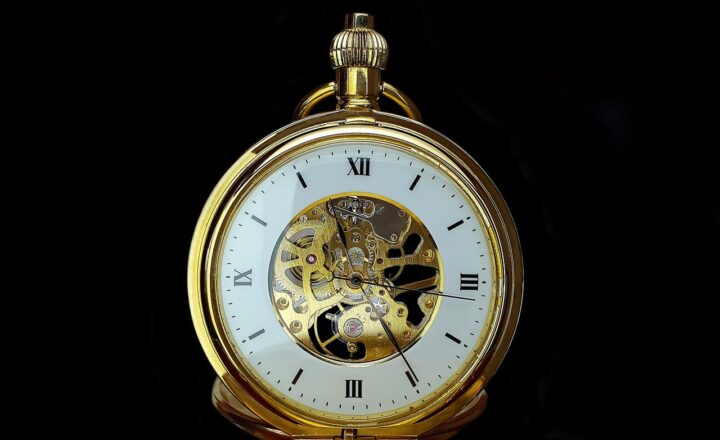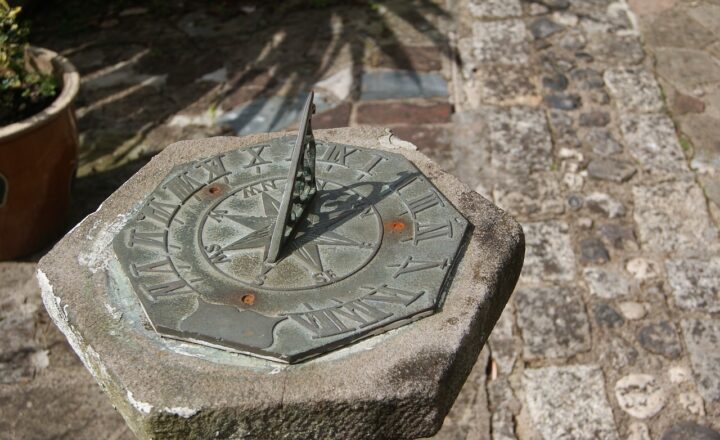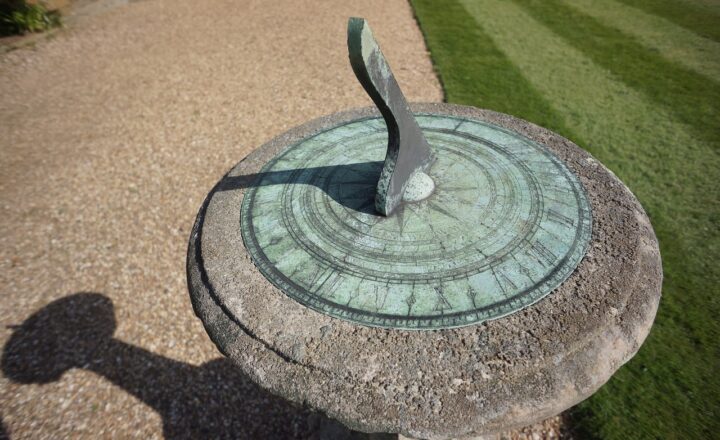How the Evolution of the Calendar Helped Early Societies Track Time and Plan Their Lives
November 17, 2024

The calendar as we know it today is a sophisticated tool that allows us to plan, schedule, and manage our time effectively. However, its origins date back to ancient civilizations that needed a reliable system to track time and organize their lives. The evolution of the calendar has shaped societies, influenced agricultural practices, dictated social structures, and even guided religious observances.
1. The Need for Timekeeping
In early human history, the natural rhythms of day and night and the changing of seasons provided the initial framework for timekeeping. However, as societies grew and became more complex, the need for a structured method to document time emerged. Ancient cultures required a reliable way to organize agricultural activities, plan communal events, and mark religious observances.
Without a proper calendar, societies would struggle to keep track of important events, such as planting and harvest seasons, which heavily relied on environmental changes.
2. Lunar and Solar Calendars: The Beginnings
The earliest forms of calendars were based on lunar cycles. Many ancient cultures observed the moon’s phases and could track the passage of time through its 29.5-day cycles. Civilizations such as the Sumerians, Babylonians, and Egyptians developed lunar calendars to manage their agricultural practices.
However, lunar calendars posed challenges for long-term timekeeping because a year based on 12 lunar cycles falls short of the solar year, which is about 365.25 days. This discrepancy led to the development of lunisolar calendars, which combined lunar months with solar years, ensuring seasonal alignment.
For example, the ancient Egyptians created a civil calendar of 365 days, based on the heliacal rising of Sirius, which heralded the annual flooding of the Nile River—an event crucial for agriculture.
3. The Roman Influence: From Lunar to Solar
The Roman calendar was heavily influenced by both lunar and solar elements. Initially, the Roman calendar had ten months consisting of 304 days, beginning in March and ending in December. However, this system was inefficient for agricultural activities.
To address this shortcoming, a second calendar reform under Julius Caesar in 46 B.C. led to the establishment of the Julian Calendar, which included the addition of two months—January and February—resulting in a 365-day year divided into 12 months. The introduction of a leap year every four years further refined the calendar, aligning it more closely with the solar year.
This shift was monumental; it allowed societies under Roman influence to coordinate activities more accurately, impacting trade, agriculture, and military operations.
4. The Gregorian Calendar: Refining Precision
Despite the Julian calendar’s innovations, it still fell out of synchronization with the seasons because of a roughly 11-minute discrepancy each year. This misalignment resulted in the gradual shift of the calendar with respect to the equinoxes over centuries.
The Gregorian Calendar, introduced by Pope Gregory XIII in 1582, corrected this issue by altering the leap year rule. Under this new system, any year divisible by 100 would not be a leap year unless it was also divisible by 400. This adjustment refined the average year length to 365.2425 days, making it far more accurate for agricultural and religious planning.
Countries adopted the Gregorian calendar at various times, but it eventually became the standard for most of the world, aiding in international coordination of commerce and communication.
5. Calendars in Different Cultures
While the Gregorian calendar is dominant today, various cultures developed unique calendars reflecting their values, rituals, and environmental conditions. For instance:
- The Islamic Calendar: A purely lunar calendar consisting of 12 months totaling 354 or 355 days, used primarily for marking important Islamic events and rituals, including Ramadan.
- The Chinese Calendar: A lunisolar calendar that incorporates 12 lunar months but also includes a leap month approximately every three years, used for traditional festivals and agricultural cycles.
- The Hebrew Calendar: A lunisolar calendar that has months alternating between 29 and 30 days and includes a leap year every 2-3 years, aligning religious observances with agricultural cycles.
These calendars illustrate the diverse ways societies adapt timekeeping to their specific needs and cultural significance, emphasizing the importance of calendars in human history.
6. The Impact of the Calendar on Society
The calendar has profoundly impacted societies by influencing agricultural practices, religious observances, and even social structures. Precise timekeeping enabled farmers to plan sowing and reaping schedules, ensuring food security and sustainability. Furthermore, festivals and rituals became structured around calendar dates, cementing their significance in cultural identity.
From a social perspective, the synchronization of community activities based on calendars fostered collective engagement, stronger community bonds, and enhanced cooperation among individuals, giving rise to societal cohesion.
Moreover, governments began relying on calendars for taxation, military planning, and civil administration, embedding the calendar into the very fabric of governance.
7. The Evolution of Digital Calendars
Today, the calendar has evolved beyond its traditional forms into digital platforms that integrate seamlessly into our daily lives. With smartphones and computers, individuals can set reminders, share calendars, and access event planning tools across various platforms. Digital calendars offer customization and synchronization that the ancient civilizations couldn’t have imagined.
Furthermore, innovations such as calendar applications allow for collaboration in workspaces and personal life, highlighting how technology continues to shape our understanding of and interaction with time.
Conclusion
The evolution of the calendar is a testament to humanity’s quest to measure time and organize society. From early lunar observations to the sophisticated digital platforms of today, calendars provide essential frameworks for planning, agricultural cycles, and cultural rituals.
Understanding the history of calendars not only highlights their significance in our lives but also reveals the ingenuity of early societies in their efforts to create order and predictability in an ever-changing world. As we continue to innovate in timekeeping, we carry forward a legacy that has shaped civilizations throughout history.







